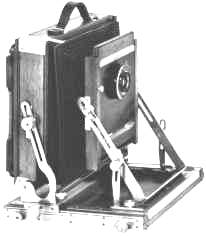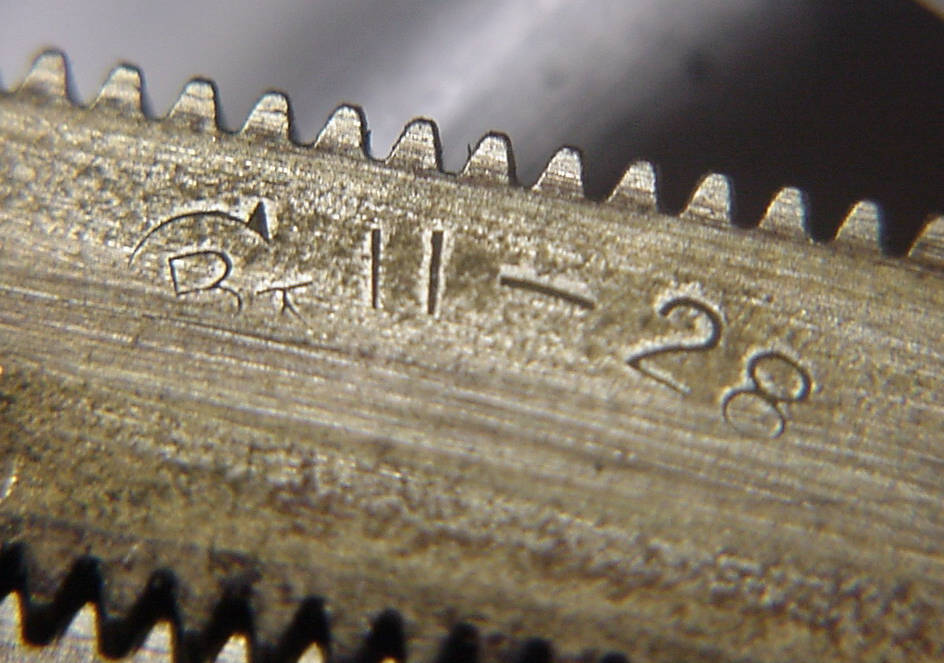The Deardorff Camera
NOTE: The following is from an archive of a site from Ken Hough. his website no longer exists that I can find other than the wayback machine. I felt it was important to document this piece of history for anyone interested either in the Deardorff camera’s or the Deardorff/Deardurff family history.


A Brief History Lesson – Laben F. Deardorff had been a camera repairman for nearly 30 years before building the first 8 x 10 Deardorff. He had been employed by Rochester Camera Company in the 1890s.
Part of the design of the Premo line of cameras was his responsibility. Rochester Optical factory records do not say what part. He moved to Chicago and set up shop as a repairman. He developed a skill of re-figuring lens to improve their performance in addition to modifying existing view cameras such as Eastmans & Senecas to have front tilt and swing.
He knew the optical advantage of these movements even if the camera manufactures did not ! Around 1920 according to Merle ( his son ) some pro photographers and architects approached Laben to build a camera to photograph buildings so the image had parallel lines.
His own camera at last.
Employing his three sons Merle S., John Milton and James Russell. L.F. Deardorff & Sons proceeds to make a camera very much influenced by the English Folding Field camera design of the 1880s but with more movements. Labans camera of 1923 maintained a resemblance all the way to the last Chicago built Deardorff of the 1980s.
Those first 10 cameras were self casing and had rear swing and tilt, triple extension bed, front tilt and a rising lens board panel. Why the rising panel? So the photographer could change the image position without refocusing or changing the tilt setting.
These first 10 cameras had a 5 1/2 X 6 inch lens board. Merle told me the lens board size was so photographers would buy their boards. They went to the standard 6 x 6 Eastman board after those first 10 cameras. The photographers most likely also had Eastmans and did not want to buy different lens boards.
Production figures in 1923 were 10 V8s ( 8x10s). 1928 saw a run of 15 then another 25 cameras. 1929 saw 175 made. Changes made from 1923-28 were the lens board, 5 1/2 x 6 to 6×6. The rear frame size went from 11 3/4 inches square to 12 inches sq. The front standard went from a wood and aluminum piece to all aluminum.
1930 saw the departure of the ALL handmade camera. Till that time every metal part except the gear racks and gears were made by the family members. The metal parts were hand polished and clear lacquered. The orders for the cameras were overwhelming for a 3 person factory. This made it necessary to to economize production. Batch production became a must. No more one at a time parts were to be made.
In 1930 they went to outside sources to produce many metal parts. Frame corners were now a stamping as were other parts. All brass parts were PAINTED in a Dulux gold paint. This lasted till 1937-38.
Why gold paint ? So there was NOT so much work in preparing the metal ! Clean it and paint it ! Merle Deardorff described to me the exact way to prep both both types of metal.
I have since restored about 25 of the early cameras and there is nearly 7 hours satinizing the metal. Painting takes about 3 1/2. The wood went from light brown in ’23 to red/brown in ’31 to brown in ’37. In 1937/38 the metal parts saw the application of nickel plating. This lasted till the end of the Chicago camera production in 1988.
In 1992 The new L.F. Deardorff & Sons started production in Tennessee. The most radical change was the use of stainless steel in place of nickel plated brass. Their production ended about 1996. It should be noted, Laben himself spelled his name Laban and Laben.
New Dates V8 Deardorff Camera
On November 3rd 2002 a bit of Deardorff history was discovered. Perhaps rediscovered is more fitting. A date was discovered stamped on the back of a rear extension rack of an early series V8 Deardorff.
This particular Deardorff was a bit of an anomaly. Its metal parts were not finished in the typical clear lacquer. They were painted in gold enamel. The date is 11-28.
What makes this unusual? From past talks with Merle Deardorff I believed
the last year for the production of the early cameras (with wood and aluminum front standard) was 1924. See photo.


Here’s a camera three years newer. So when did these cameras give way to the mass produced metal part cameras? Disassembling one of my early cameras yielded a new date also: 1930! This camera was thought to have been from 1925. It has the 4 part bed not the 13 part style.
To further confirm these revised dates I bought a Central Camera catalog dated 1930. Inside was a cut of an early Deardorff mentioning the “seven years of development” So this brings the early style cameras made from 1923 to 1930 NOT 1925.
I will circle back and add more to this as I can.
